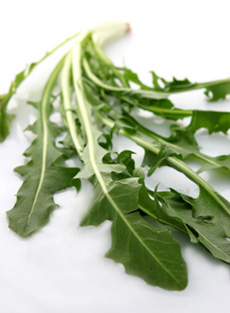|
Chocolate lovers: Have you tried Mexican chocolate?
Also called Oaxaca chocolate, Mexican chocolate is a cinnamon-scented sweet chocolate accented with cinnamon. Some varieties include clove, ground almonds and/or nutmeg.
Mexican chocolate is used primarily to make hot chocolate, but it’s also an ingredient in pork rubs, as a seasoning for beans, and of course, in Mole Poblano or Mole Negro.* You can also just eat it like candy, bake with it, make ice cream and do anything else you’d do with chocolate.
The Ibarra brand is a large commercial brand and can be found in the U.S.
But for those who want the best Mexican chocolate, take a look at the artisan product—handmade and stoneground—from the Rancho Gordo-Xoxoc Project. An American company and a Mexican company are working together to help small farmers continue to grow the indigenous foods of Mexico.
|
|

Handmade, stoneground Mexican chocolate: an artisan treat. Photo courtesy RanchoGordo.com. |
From state of Guerrero, on the southwest coast of Mexico, a cooperative of women grow their own cacao and then harvest it and toast it on clay pans called comales. They then stone grind it with piloncillo (an unrefined sugar) and canela, a loose-bark variety of cinnamon grown in Ceylon (it’s easier to grind than hard-stick cinnamon).
The result is rich, dense, 70% cacao chocolate: intense, delicious and rustic with hints of smoke.
You can buy it at RanchoGordo.com.
*ABOUT MOLE (moe-lay): Each region of Mexico has its own mole recipe. One of the most famous, mole negro from Oaxaca, uses the base mole ingredients—roasted dried chiles, unsweetened chocolate, almonds and spices—plus peanuts, plantains, cloves, cinnamon, onion, garlic, sesame seeds and five different chiles. Mole poblano, from Pueblo, uses the base ingredients plus tomatoes, raisins, bread, lard, anise, cloves, cinnamon, three different chiles, garlic, sesame and other ingredients. The sauces accompany beef, chicken, enchiladas, seafood and turkey, and are served with rice and tortillas.
|




